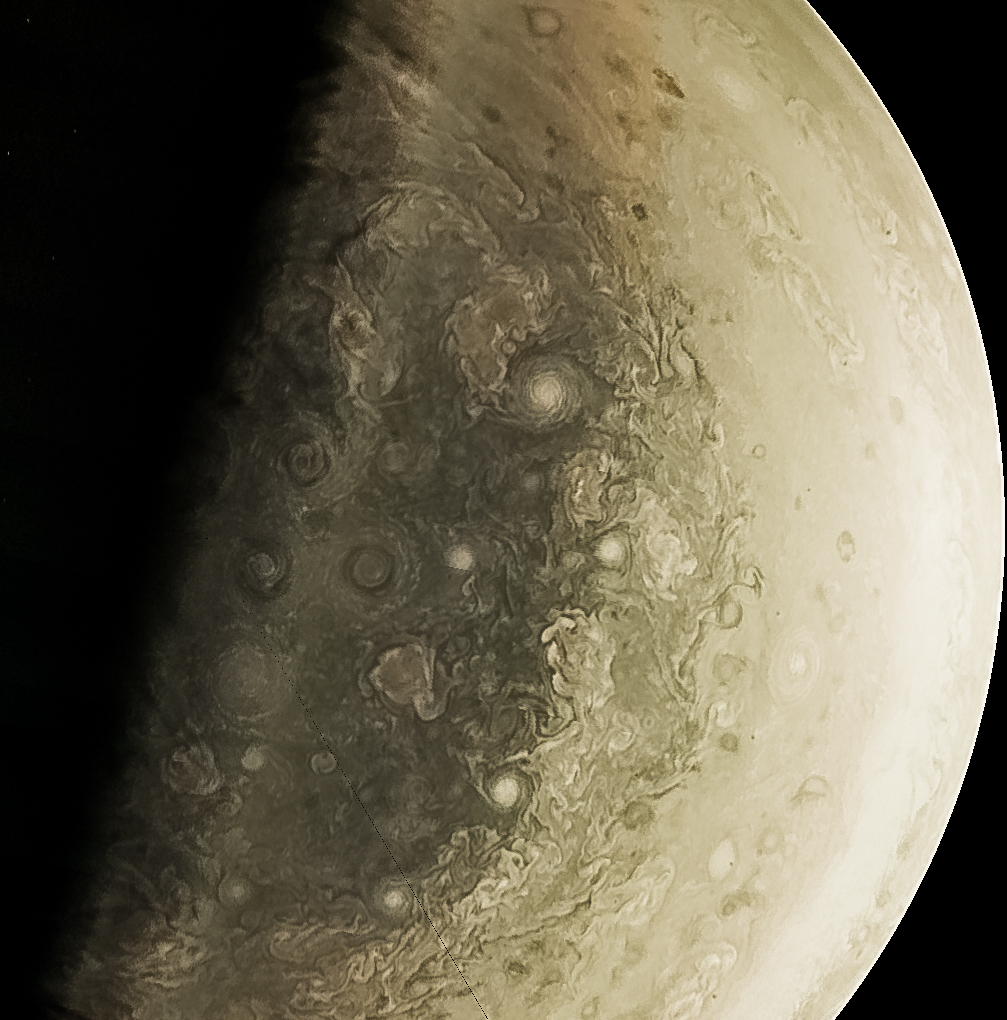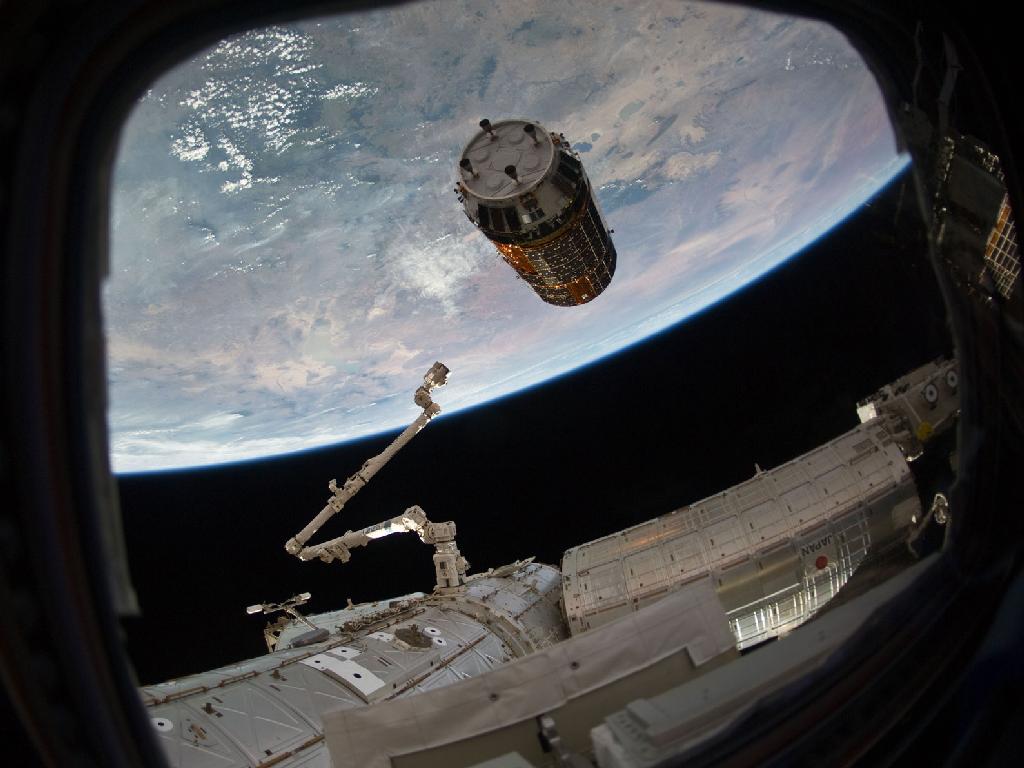Space and Astronomy Around the World

Astronomy is a science that knows no borders. Everyone around the world can look up to the sky and see the Universe in front of them, providing the glare from city pollution doesn’t spoil the view. In the past scholars from around the world have theorised and pondered about our Earth and its position in the grand scheme of the universe. However, today many space and research programmes fulfilled still seem to be dominated by the original leaders of the space race, the Americans and Russians, but what other countries are making giant leaps in helping learning and exploring for mankind?
At the end of 2013 China successfully landed the Chang’e 3 lander on the surface of the Moon. This was the first soft-landed craft on the Moon since the Soviets landed Luna 24 in 1976. This catapulted China to the bronze medal position being only the third country to have achieved this feat. Not only that, China is also the third and final country to send people into space independently. In 2003, Yang Liwei became the first man in space who didn’t there in a Russian or American spacecraft. China is fast becoming a new world super power and is currently the largest exporter of goods with millions of various products labelled ‘Made in China’ hitting the shelves around the world. China making space probes and rovers perhaps does not come as a surprise considering the range of goods currently produced in the country. They seem to be currently aiming to take the lead in space exploration.
Another country recently making news with their place in space is India. The Indian Space Research Organisation (ISRO) successfully launched the Mars Orbiter Mission (MOM) locally called Mangalyann in November 2013. It is due to be in orbit of the Red Planet by the end of September this year. If this mission is successful, then ISRO joins an exclusive group of being only the fourth space agency to reach Mars (After Roscosmos, NASA and ESA). India has a fairly well-established launch capacity and has launched over 70 satellites. India’s vision is by 2025 to have increased their input into space exploration with perhaps manned space flight and planet exploration but also to increase communications for rural India. India has received some criticism in their budget allowances for space exploration. However the MOM project came in relatively inexpensively at a tenth of the NASA’s costs and it achieved something incredible that many other countries could only dream of doing. The Indian space program will not only help us internationally learn more about Mars and the space around us, but this event could inspire a new generation of rocket scientists and it should be something the country is proud of.
One of the smallest countries with its own launch capabilities is Israel. The Israel Space Agency (ISA) was formed in 1983 and by 1988 had launched its first satellite into space. It has since launched a further 12 satellites into orbit (nine of which were Ofeq series recconnaissance satellites). The Shavit is the launch vehicle used, which is a three stage launcher that can carry a payload up to 250kg. Most of the launches take place over the Mediterranean and are launched westwards initially, the opposite direction to the Earth’s directional orbit, as relations with neighbouring countries would not be helped by falling debris from a rocket launch. The Israeli space program also funds research programs on the ground, ranging from detecting near Earth objects to cosmic rays. Israel does not have the ability to send people into space, although Ilan Ramon an Israeli fighter pilot trained with NASA and became Israel’s first astronaut , on board the ill-fated Space Shuttle Columbia in 2003. Tragically he lost his life alongside his crew members when the Shuttle was destroyed on re-entry.
Countries within Africa may not always be on the radar for astronomy and space programmes. However with a little help from other countries, Nigeria’s National Space Research and Development Agency (NASRDA) has launched five satellites into orbit. The first satellite was built in the United Kingdom. Called NigeriaSat-1 and was used in monitoring the land for agricultural purposes. China has also helped launch a satellite for Nigeria in 2007 but this is no longer working. Nigeria too has faced criticism for spending money on satellites rather than on the people. However, these satellites will improve communication and information reaching more rural areas of the country, as well as helping monitor the land.
South Africa is leading the way with astronomical research in Africa with the South African National Space Agency (SANSA) being established in 2010, it has two satellites in orbit, which their main focus is remote sensing and monitoring the ground. South Africa is also home to the largest optical telescope in Africa ,SALT (South African Large Telescope), which is used in the study of distant galaxies. Ethiopia have recently installed a telescope, 3000 metres above sea level in the Entoto Mountains, helped by the Ethiopian Space Science Society and funded by Ethiopian billionaire Mohammed Alamoudi. At the end of 2013, Ghana announced plans of building a 32 metre telescope to help in the use of radio astronomy. In 2009, the concept of a united African Space Agency was suggested, but so far it remains just that. Individual countries within Africa need to best prioritise their funds and needs before attempting to take to the sky.
Chile is one of the wealthier countries within Central and Southern America and has a well-established base for observation. The European Southern Observatory (ESO) have the VLT (Very Large Telescope) based in the Atacama Desert in Northern Chile. This is one of the driest places on Earth perfect for clear skies. The ALMA (Atacama Large Millimeter/submillimeter Array) also makes the most of these dry conditions as it seeks to survey the coldest regions of space. However, both of these telescopes are organised and ran by countries mostly in Europe with ESO headquarters located in Germany. Some of the other countries in Latin America also have their space programmes. The Brazil Space Agency successfully launched their first rocket in 2004, with the first Brazilian astronaut Marcos Pontes travelling to space on board the Russian Soyuz in 2006. Pontes was originally due to be a mission specialist on a Space Shuttle mission, but following the Columbia tragedy in 2003, flights were halted and Pontes became a cosmonaut flying with the Russians instead. Mexico also has their own space agency formed in 2010. The agency plans to use and coordinate research conducted using the Large Millimeter Telescope (LMT). The Mexican Space Agency has commissioned 3 satellites to be built and the first launched this summer to help improve mobile phone signal in Mexico. The MexSat satellites, although commissioned by Mexico are intended on being launched on board a Russian Proton M rocket from Baikonur in Kazakhstan.
Many countries around the world have an established space programme or research facilities dedicated to the world of astronomy, although countries with a larger gross domestic product obviously will have a larger budget to dedicate to the Science. International collaboration either within a continent or a wider area is the way to continue into space. Sharing resources and knowledge will help continue the adventure into space and only improve on knowledge gained. Regardless of budgets and partnerships, many countries are still keen on having and maintaining a presence in space. With new up comers pushing their way to the forefront, the new space race is set to continue and it should lead to an exciting and interesting competition.











